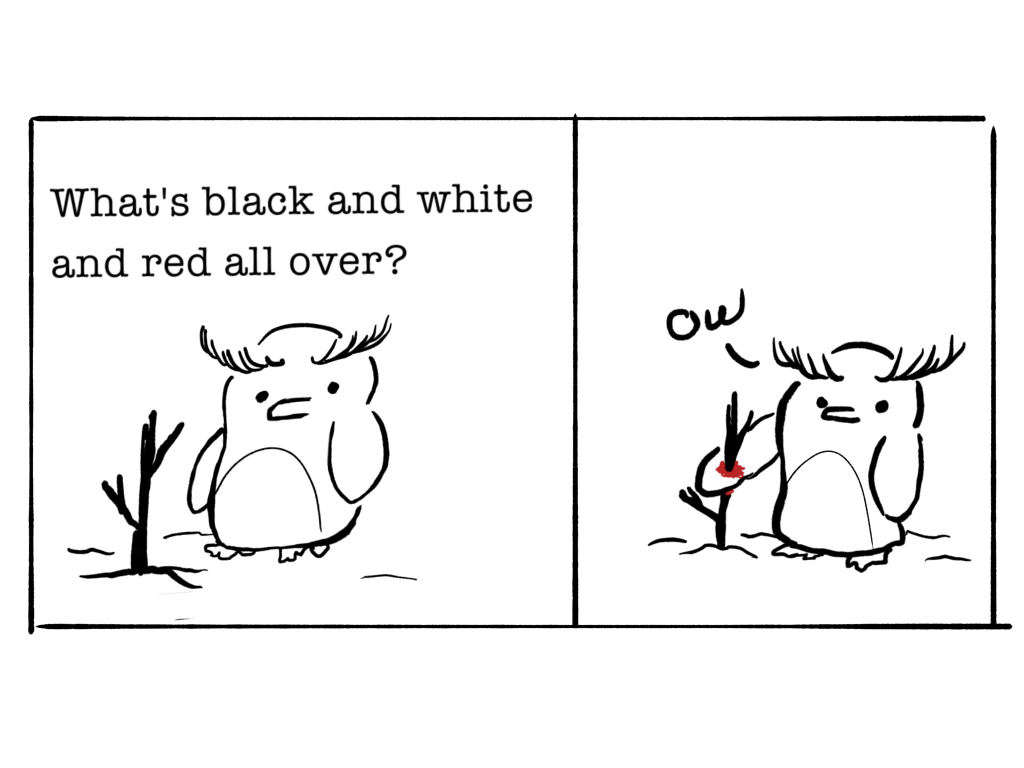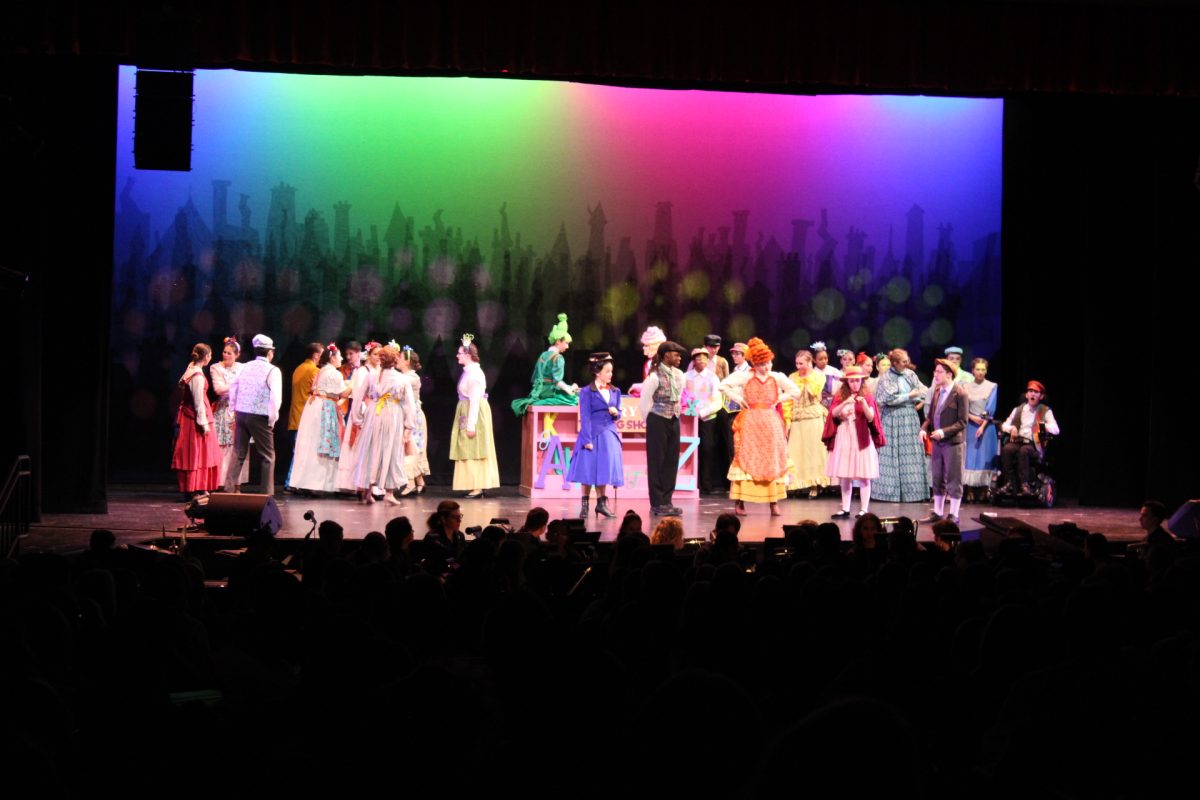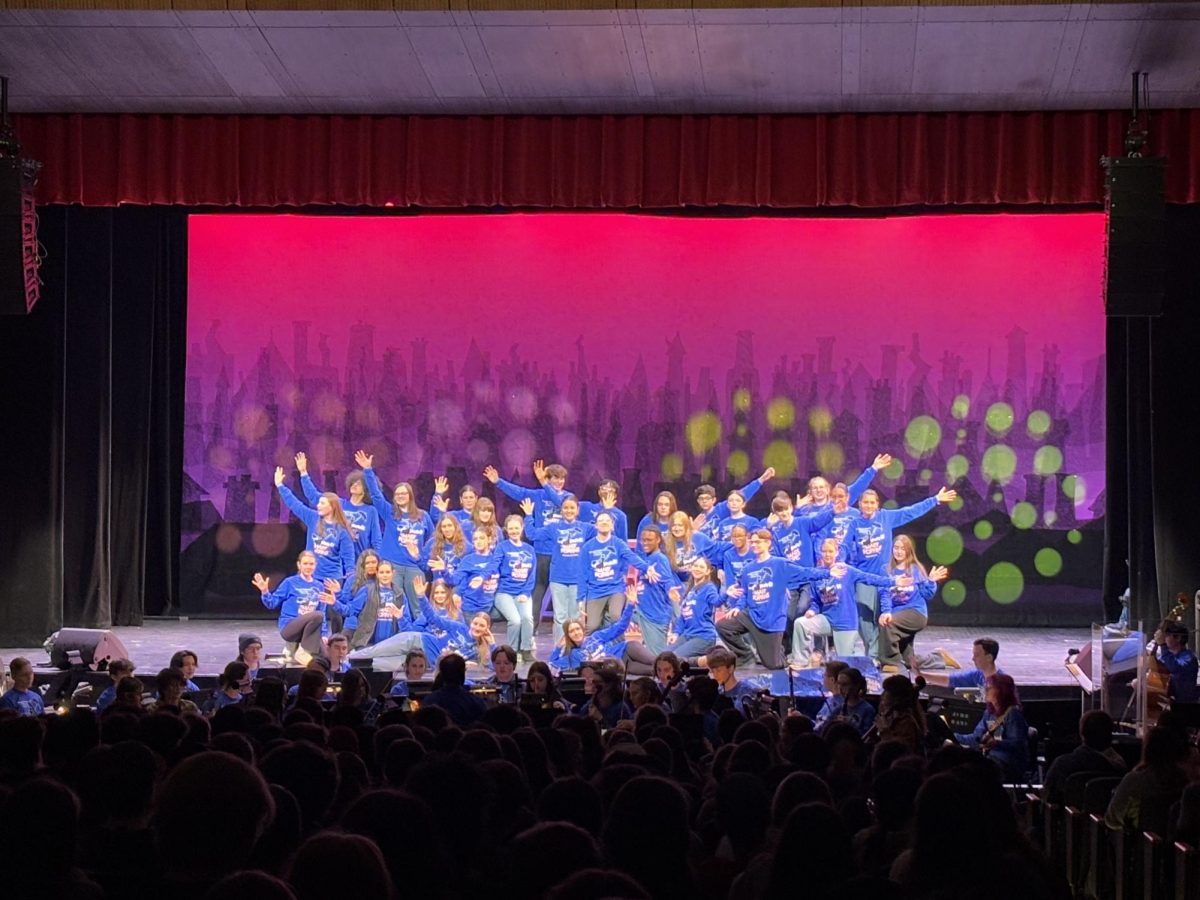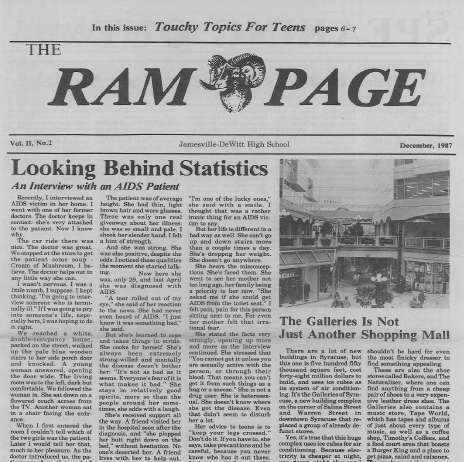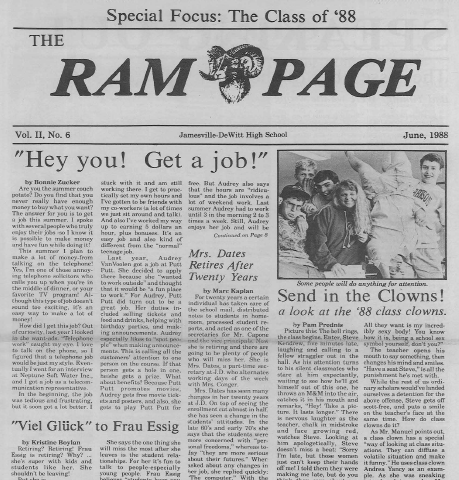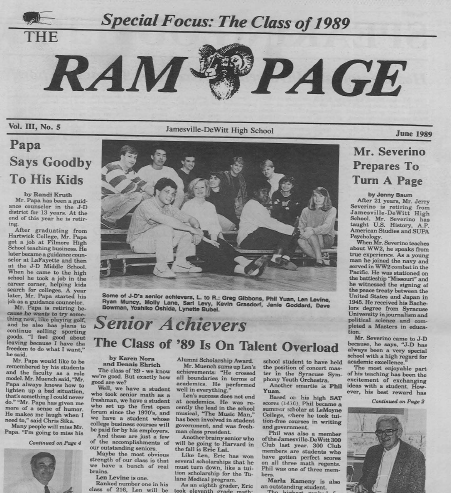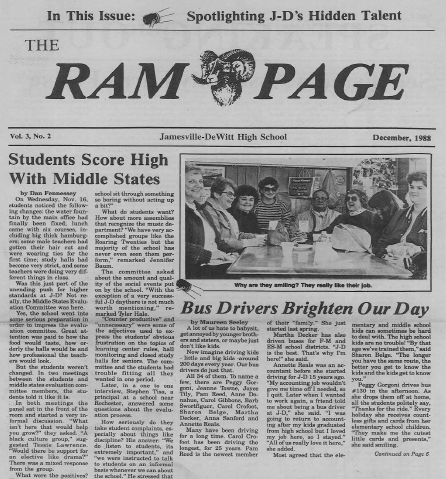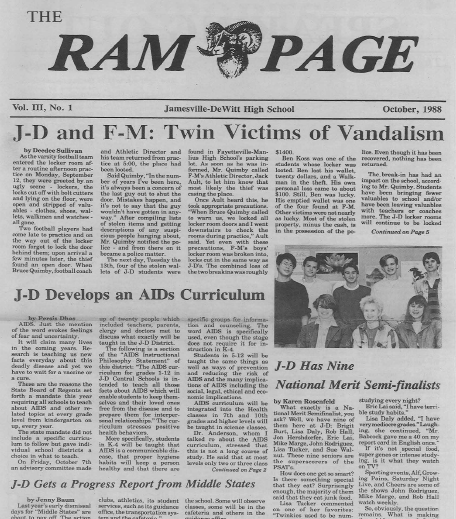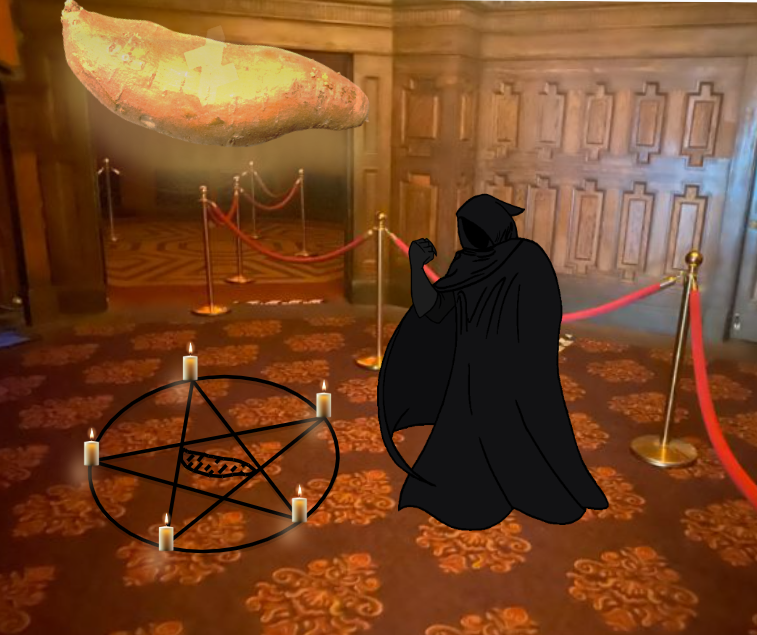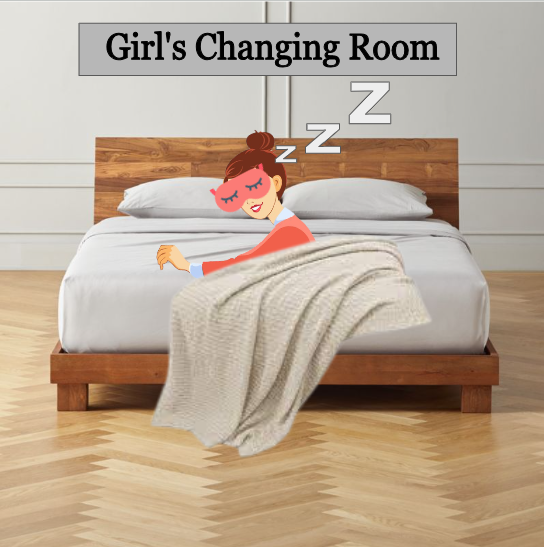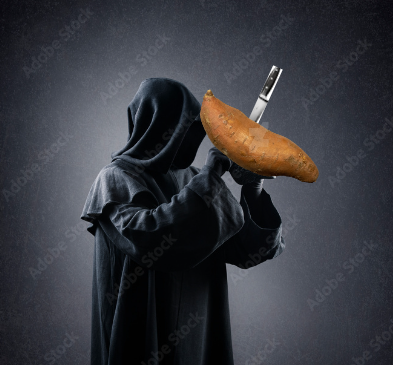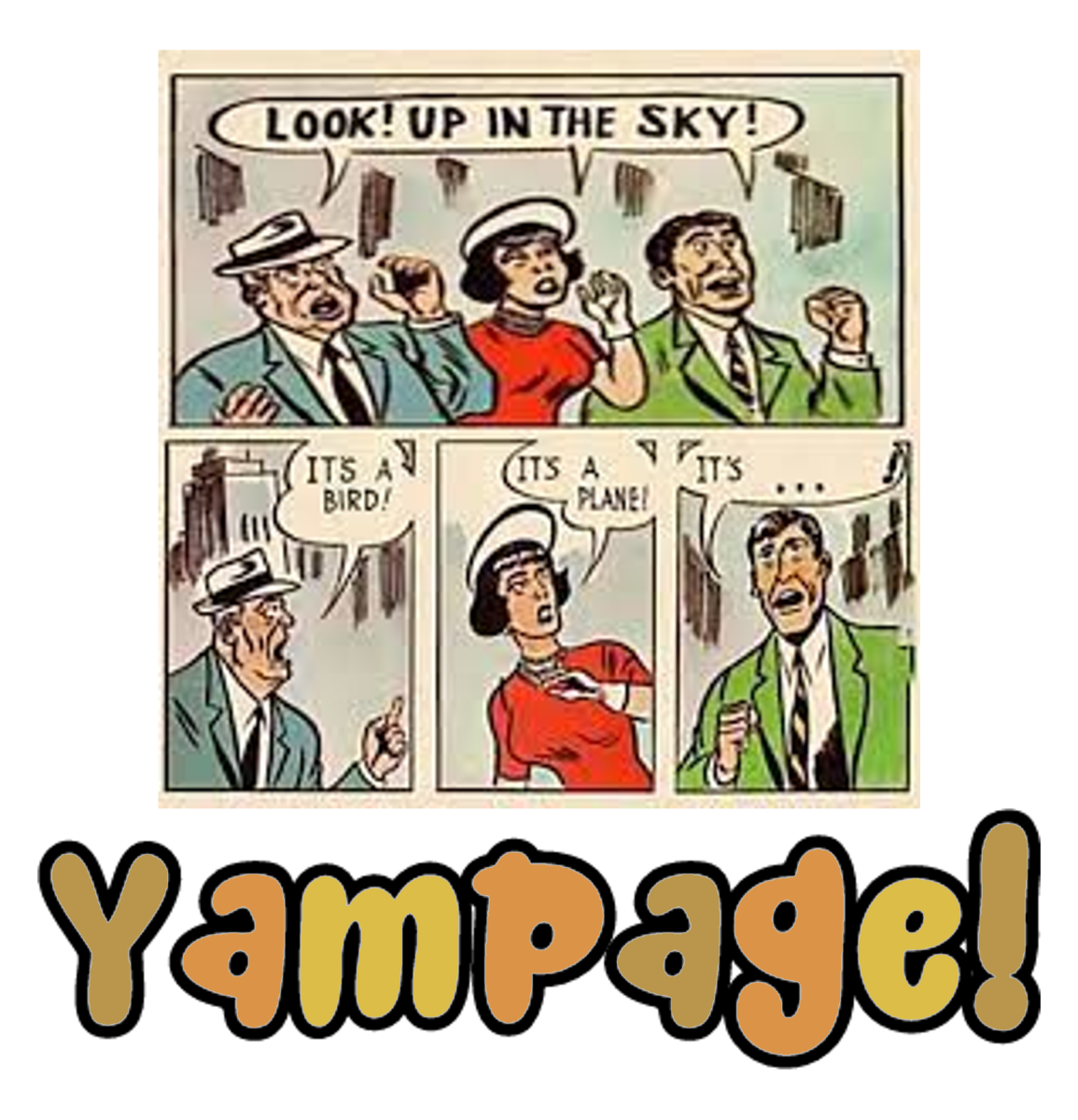There are plenty of weird customs for all holidays, and Thanksgiving is no exception. Though it has a couple less than others, Thanksgiving certainly has its own unique traditions. Case in point: Turkey Bowling.
The Origin
When you hear someone say Turkey Bowling, the first thing you think is probably “Who thought of that?” The answer is a supermarket worker named Derrick Johnson. Johnson first came up with the idea of Turkey Bowling in the 1980s when he decided to set up soda bottles and roll frozen turkeys at them.
The Rules
The objective of Turkey Bowling is to roll a turkey at empty bottles in an attempt to knock them down. However, Johnson coined some new terms for the game: you call two strikes in a row a gobbler, a 7-10 split a wishbone, and a spare a hen. In addition, the turkey can be swapped out for a cornish hen if the turkey is too heavy.
The Controversy
After appearances from Johnson on “Good Morning America” and “The Arsenio Hall Show,” the company Butterball, whose turkeys he had created the sport with, sent a cease and desist letter to him. The letter read: “Your unauthorized references to our Butterball turkeys as the brand of turkeys you use in your Turkey Bowling has caused, and is continuing to cause, serious injury to their quality image.” Butterball was concerned that their reputation was on the line, but not long after, Turkey Bowling faded into the background.
The Later Years
Derrick Johnson attempted to capitalize on the attention to his sport. In an interview with The Chicago Tribune, he stated, “I could see cantaloupe basketball, live lobster races, canned-ham tossing, checkers with Alka-Seltzer. One guy wrote to me and says he freezes limes and takes them to the driving range. That could work too.’’ Despite his brief moment of success, you don’t see live lobster races on ESPN too often. However, Turkey Bowling is still a local tradition in some towns and was even featured in a YouTube video made by popular channel Dude Perfect. Although the future of Turkey Bowling isn’t exactly bright, it still lives on.







